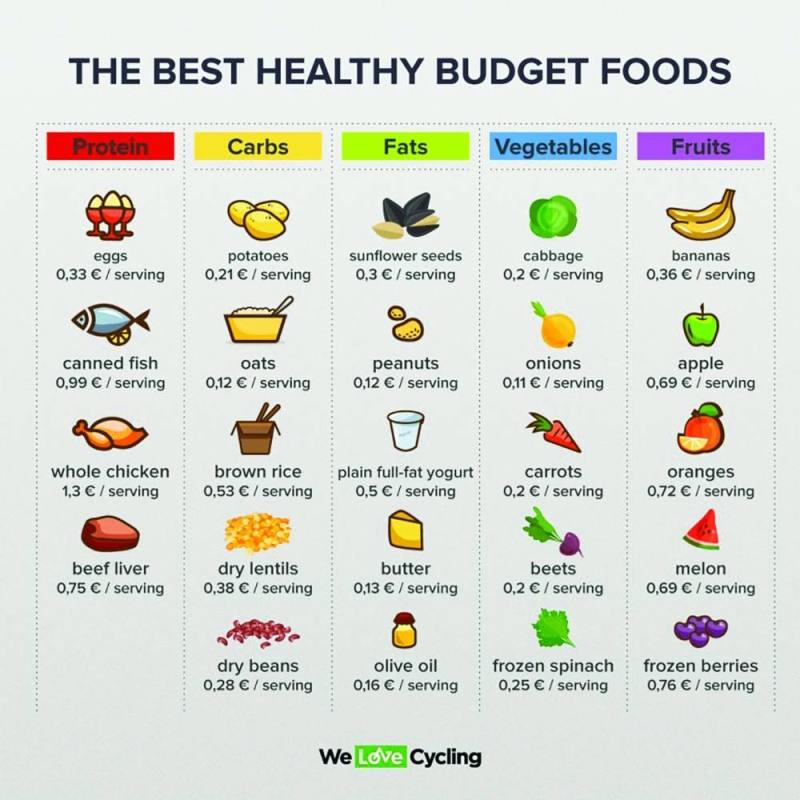When buying essential and nutritious foods, a number of people tend to forget some food items forcing them to buy at higher prices or forego the essentials. Orapeleng Monthe, a nutritionist, says it is important to make a list of whatever you need ranging from essential foods to ingredients. She advises one to ensure that every meal they consume contains all food values such as fat, fibre and calcium, among others. Some of the ways to ensure one eats well nourishing foods consistently according to her include;
Prioritising value over junk There is a lot of junk and unhealthy foods being sold nowadays hence the need to opt for fresh food stuff. Monthe says the body needs foods rich in carbohydrates as well as proteins not forgetting vitamins and roughages. “For example, she says, children need various nutrients including carbohydrates, proteins and vitamins since their bodies are still developing. Therefore, shop for foods that are tasty and attractive so that they can easily eat them without opting for unhealthy junk food instead,” she says.
Compare prices We buy food from different places including markets, shops, and stalls, among others, at different prices. And Monthe says sometimes a product can be more expensive due to packaging yet there are store branded foods whose packaging materials are not expensive making them affordable for all. “Foods packed in high-end packaging materials tend to be more expensive as packaging prices are shifted to the consumers but the same kind can be bought at a low cost at another outlet where the packaging may not be that expensive,” she says. Purchase in large quantities Buying in large quantities,she says will save you from the stress and worry of going without food or visiting the markets or shops daily.
This will also help one to save some money. Proper storage Monthe says food should be properly kept in an organised manner to keep it from going bad. She advises that a first in-first out approach must be used. “Fresh groceries should be kept behind products that almost expiring. Your fridge should also be organised in such a way that ready to eat food such as leftovers are kept on the top shelf and sealed raw meat and fish on the bottom shelf to avoid dripping,” she shares.
Physical preservation may also be applied in cases where the refrigerator is not enough or is unavailable. Ways such as salting for fish and meat that will not spend a long time before being cooked, sun drying can also be used for foods such as mushrooms, groundnuts whereas smoking works best for meat. Repurpose food where possible According to Monthe, throwing away food whether cooked or uncooked is never a wise decision hence the need for more creative ways to make it reusable.
For example, leftover sauce can be re-boiled or even improved with some additions to be consumed on another day. Also, leafy vegetables and some root foods such as sweet potatoes can be dried and made into powder that can be consumed as paste. Tomatoes can also be preserved as tomato paste.
Prioritising value over junk There is a lot of junk and unhealthy foods being sold nowadays hence the need to opt for fresh food stuff. Monthe says the body needs foods rich in carbohydrates as well as proteins not forgetting vitamins and roughages. “For example, she says, children need various nutrients including carbohydrates, proteins and vitamins since their bodies are still developing. Therefore, shop for foods that are tasty and attractive so that they can easily eat them without opting for unhealthy junk food instead,” she says.
Compare prices We buy food from different places including markets, shops, and stalls, among others, at different prices. And Monthe says sometimes a product can be more expensive due to packaging yet there are store branded foods whose packaging materials are not expensive making them affordable for all. “Foods packed in high-end packaging materials tend to be more expensive as packaging prices are shifted to the consumers but the same kind can be bought at a low cost at another outlet where the packaging may not be that expensive,” she says. Purchase in large quantities Buying in large quantities,she says will save you from the stress and worry of going without food or visiting the markets or shops daily.
This will also help one to save some money. Proper storage Monthe says food should be properly kept in an organised manner to keep it from going bad. She advises that a first in-first out approach must be used. “Fresh groceries should be kept behind products that almost expiring. Your fridge should also be organised in such a way that ready to eat food such as leftovers are kept on the top shelf and sealed raw meat and fish on the bottom shelf to avoid dripping,” she shares.
Physical preservation may also be applied in cases where the refrigerator is not enough or is unavailable. Ways such as salting for fish and meat that will not spend a long time before being cooked, sun drying can also be used for foods such as mushrooms, groundnuts whereas smoking works best for meat. Repurpose food where possible According to Monthe, throwing away food whether cooked or uncooked is never a wise decision hence the need for more creative ways to make it reusable.
For example, leftover sauce can be re-boiled or even improved with some additions to be consumed on another day. Also, leafy vegetables and some root foods such as sweet potatoes can be dried and made into powder that can be consumed as paste. Tomatoes can also be preserved as tomato paste.






